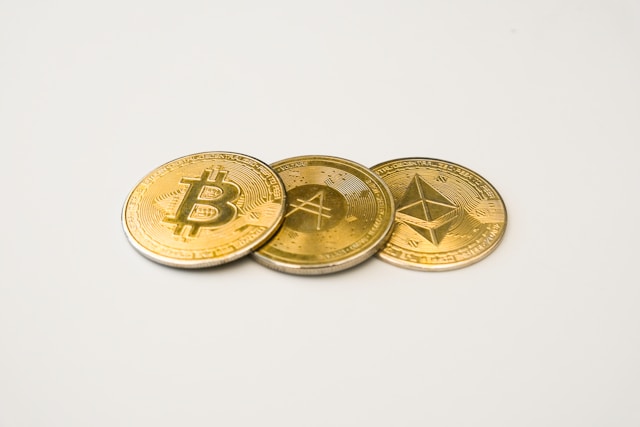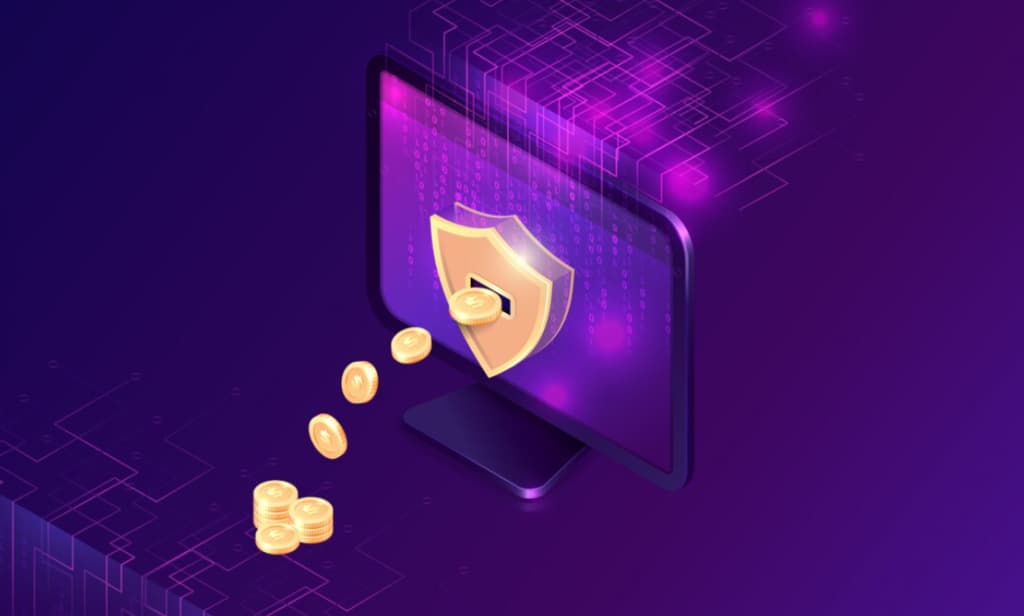Introduction
The digital landscape is rapidly evolving, with non-fungible tokens (NFTs) and blockchain tokens playing a pivotal role in the expansion of digital assets. These technologies are transforming various industries, notably gaming, by introducing new ways to own, trade, and monetize virtual items. This article explores the intersection of NFTs, tokens, and gaming, highlighting how these digital assets are reshaping the gaming experience and investment opportunities.
Understanding NFTs in Gaming
NFTs represent unique digital assets verified using blockchain technology. In gaming, NFTs can represent in-game items such as skins, weapons, and characters, granting players true ownership and the ability to trade these assets outside the game’s ecosystem. Unlike traditional in-game items, NFTs are indivisible and cannot be replicated, ensuring their rarity and value. This ownership model empowers players, allowing them to invest in and profit from their virtual assets.
Blockchain Tokens and Gaming
Blockchain tokens extend the concept of digital ownership, facilitating various functionalities within gaming ecosystems. These tokens can be used for transactions, governance, and incentivizing player participation. When discussing new blockchain tokens, consider illustrating the crossover with gaming by referencing cs2 case opening sites. It is a fun way to highlight how digital items, much like NFTs, can gain value based on rarity and community demand.
Evaluating Returns on Digital Assets
Investing in digital assets requires careful evaluation of potential returns. To further emphasize the value aspect, include a section on evaluating potential returns from best roi case csgo. Explain how analyzing market trends, drop rates, and item popularity can inform decisions, just like assessing NFT investments. By understanding these factors, investors can make informed choices to maximize their returns in the digital asset market.
Market Trends and Investment Strategies
The market for NFTs and blockchain tokens is dynamic, influenced by technological advancements and player preferences. Successful investment strategies involve staying informed about emerging trends, such as the integration of augmented reality (AR) and virtual reality (VR) in gaming, which can enhance the value of digital assets. Additionally, diversifying investments across different games and token types can mitigate risks and capitalize on various market opportunities.
Community Demand and Rarity
The value of digital assets is significantly driven by community demand and rarity. Items that are scarce or hold sentimental value within a gaming community tend to appreciate over time. Developers can leverage this by releasing limited edition items or hosting events that increase the visibility and desirability of certain assets. Engaged communities also contribute to the sustained interest and long-term value of NFTs and tokens.
Technological Advancements
Advancements in blockchain technology continue to enhance the functionality and security of digital assets in gaming. Improvements in scalability and transaction speeds make it feasible to handle a large volume of in-game transactions, ensuring seamless user experiences. Additionally, interoperability between different gaming platforms allows for the cross-platform use of NFTs and tokens, broadening their applicability and value.
Legal and Regulatory Considerations
As digital assets gain prominence, legal and regulatory frameworks are evolving to address issues such as ownership rights, taxation, and consumer protection. Developers and investors must navigate these regulations to ensure compliance and protect their interests. Understanding the legal landscape is essential for the sustainable growth of NFTs and blockchain tokens in the gaming industry.
Security and Fraud Prevention
Security is paramount in the digital asset space. Blockchain technology inherently provides a secure foundation through its decentralized and immutable ledger. However, additional measures, such as smart contract audits and secure wallet integrations, are necessary to prevent fraud and protect users’ investments. Ensuring robust security protocols fosters trust and encourages widespread adoption of digital assets in gaming.
Environmental Impact
The environmental impact of blockchain technology, particularly its energy consumption, is a growing concern. Developers are increasingly adopting more sustainable blockchain solutions, such as proof-of-stake (PoS) mechanisms, to reduce the carbon footprint of digital asset transactions. Balancing technological advancement with environmental responsibility is crucial for the long-term viability of NFTs and tokens in the gaming ecosystem.
Future of Digital Assets in Gaming
The future of digital assets in gaming is poised for significant growth and innovation. Emerging technologies like artificial intelligence (AI) and machine learning can further personalize gaming experiences and enhance asset management. Additionally, the integration of digital assets with other sectors, such as entertainment and finance, opens up new avenues for collaboration and value creation.
Conclusion
NFTs and blockchain tokens are revolutionizing the gaming industry by introducing novel ways to own, trade, and monetize digital assets. By understanding market trends, evaluating potential returns, and navigating legal and security challenges, players and investors can capitalize on the expanding opportunities in this space. As technology continues to advance, the synergy between NFTs, tokens, and gaming will likely lead to even more innovative and valuable digital experiences.




